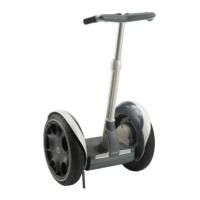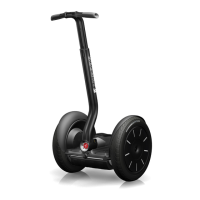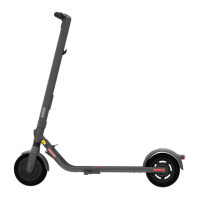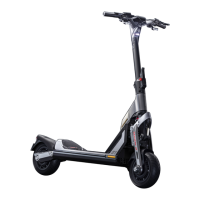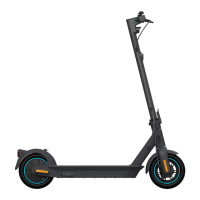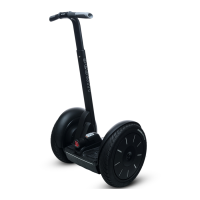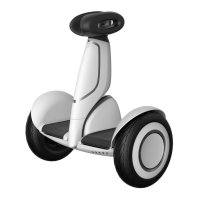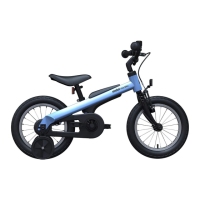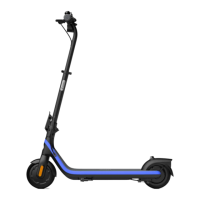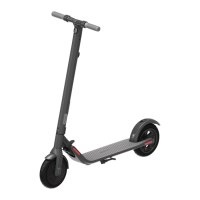Page 50 of 106 Basic Rider Optimization Training for the Segway HT
Instructor Guide and Participant Workbook Rev 3.5i - January 2004
© Segway LLC 2002 P/N 1707100001aa
> Session 4
Safety Features
Who. Entire group
What. Demonstrate product design features. Allow each participant to experience each one.
Where. Riding space
Method. Observation and experiential learning—watching and riding the Segway HT
Timing
Total Time 45 min
Introduction
In this session, the riders will be introduced to the design features of the Segway HT. They will see
examples of features being induced by the instructor. Class discussion will focus on appropriate
responses to Segway HT alerts.
Objectives
Upon completion of this session the rider should be able to:
> Explain the role of redundant systems
> List design features that enhance rider safety
> Describe appropriate actions to take when the Speed Limiter activates
> Describe appropriate actions to take when the Stick Shake Warning triggers
> Describe appropriate actions to take when Segway HT perform a Safety Shutdown.
Topics
The following topics will be covered in this session:
> Overview of Product Design Features
> Speed Limiter
> Rider Detection
> Safety Shutdown
> Torque and Traction
> Effect of Tire Pressure
> Safe lifting techniques
> Summary
Overview of Product Design and Safety Features
The Segway HT has been designed with the utmost concern for the safety of the operator and those
who may be nearby. Backup systems have been designed to maintain controlled operation of the
system in the unlikely event of a component malfunction.
Redundant Systems
> Controller Boards
Controller boards are interchangeable front and rear. They are connected to the Control Shaft
cords, the Balance Sensor Assembly, the Battery Packs and the motors in such a way that if
there is a malfunction in any of these components, or the connections between them, the Segway
HT will perform a Safety Shutdown (see description below)
> Motors
